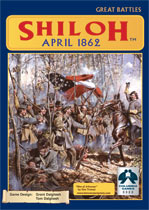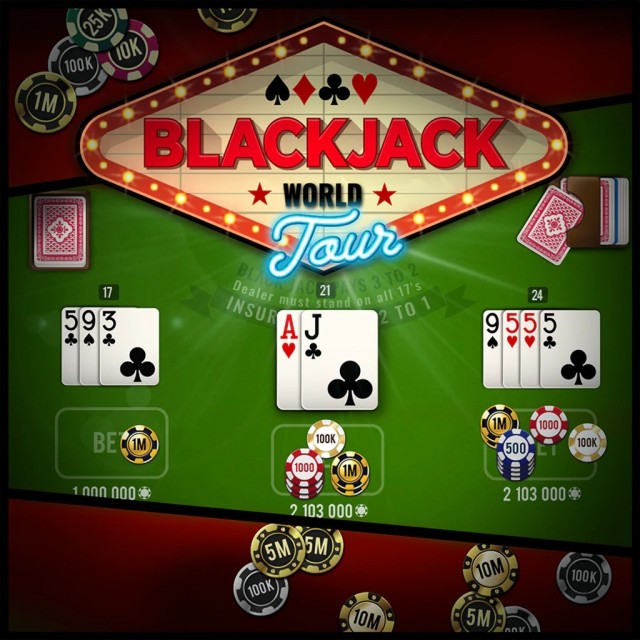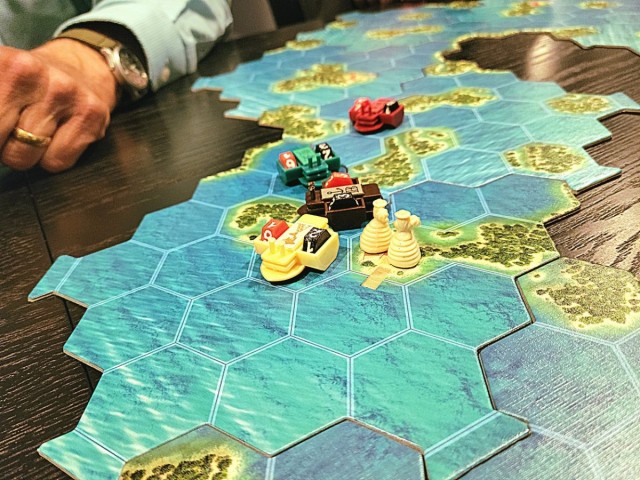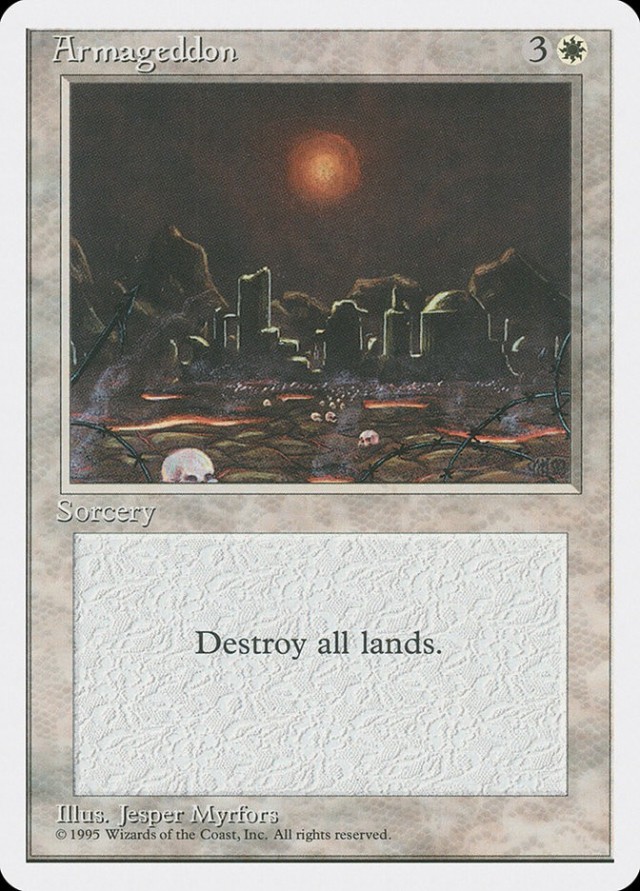
Shiloh is the latest block game from Columbia. This blog entry includes a summary of this Civil War game, as well as a host of unsolicited thoughts and comments.
The core mechanic:
Unlike most of the block games released by Columbia over the past 10 years, Shiloh doesn’t use cards for movement. Instead, HQs are reduced by one strength point (SP) to move units in their corps/division. Any number of HQs can be activated per game turn, with each turn representing one hour of the 2-day battle. (Since the CSA is initially on the offensive, nearly every CSA unit on the board will move and/or attack each turn early in the game.) Players receive SPs to rebuild units at the end of each turn, including HQs; bonus SPs can be obtained by the CSA player for taking enemy camps.
The win condition:
Victory is checked at the end of each day, and is based on the following calculation: (the number of eliminated USA blocks) – (the number of eliminated CSA blocks). There are then three possible end results for day 1:
- If the USA-CSA difference is 10 or more, then the CSA wins. (E.g., 14 dead USA blocks minus 3 CSA dead blocks = an 11 block difference and a CSA auto-win)
- If the USA-CSA difference is zero or negative, then the USA wins. (E.g., 6 dead USA blocks minus 12 dead CSA blocks = a -6 block difference for a USA auto-win.)
- If the USA-CSA difference is between 1 and 9, then day 1 is a draw and continues onto day 2. (E.g., 8 dead USA blocks minus 6 dead CSA blocks = a 2 block difference, so day 2 is played.)
The same victory conditions then apply at the end of day 2, with there still being a possibility of a final draw if the difference between dead USA and dead CSA units at game’s end falls between 1 and 9 units.
Turn order:
Each turn, except for the first turn of day 1 (in which the CSA is guaranteed to move first) and the first turn of day 2 (in which the USA is guaranteed to move first), player order is determined randomly by the roll of the dice.
Movement and logistics:
Shiloh contains both border limits AND stacking limits. So just because it’s theoretically possible to launch a dozen attacking units into a well-defending area (which isn’t easy to accomplish, anyway, due to border limits) doesn’t mean that it’s permitted, since it is the defense area’s stacking limit that ultimately determines the number of units (per side) that can exist in an area: 6 units in a clear area, and 4 units in a wooded area.
Also, since attacks can only be conducted against adjacent areas (the attacking units must move into the defending area), the attacker must plan and implement multiple-turn maneuvers to put soon-to-be-attacking units into locations where they can finesse the border limits and max out the defending area's stacking limit. This means that attacks are completely and obviously telegraphed unless your opponent is blind, has made significant headway through a twelve-pack, or is blazed and edgy on ten lines of blow.
Things you really ought to know:
OK, let’s get two things straight.
Peeve #1: The optional “Frontline limits” rule, which limits the number of units that can be moved away from enemy units that are immediately adjacent, is 100% mandatory. If this optional rule isn’t in effect, it is uncomfortably easy for the USA to establish a consolidated and secure line early in day 1, which both flies in the face of the actual battle history and is gamebreakingly stupid.
The “run away!” strategy that results from the original ruleset (without the optional rule) is especially grating given that the CSA might spend three full turns preparing for a critical sundering of the USA lines, only to have the success of the attack live or die on whether the initiative roll on D-day goes in the defender's favor. If it does, the defender can pull out at the last minute and foil multiple turns of painstaking set-up. Which, if you’ll pardon my French, blows.
Peeve #2: I don’t live in a fantasyland where I believe that playtimes printed on gameboxes or on publishers' websites are in any way truthful, but the 2-4 hour playtime (for “both days”) listed on Shiloh’s game page is ridiculous. In our games, we’ve burned through 3+ hours just on day 1, which is only the first half of the game.
This brings up an additional issue. If the game’s length is on the shorter side (3 hours), it’s because the game has ended early due to a day 1 auto-win by the CSA player, with the USA player losing 10 more blocks than the CSA. Games ending in this manner aren't necessarily fun for the auto-losing player (the USA player). And if the games are what they should be - closer and more competitive - then the game is guaranteed to go MUCH longer (5+ hours). In both cases, players are likely to have less fun than expected, either due to the extended playtime or a completely lopsided victory.
Other comments and impressions:
I can live with the dice-based initiative determination in Shiloh. In fact, I can recommend it. I thought that it would ruffle my feathers, but the chaos that dice-driven player order (“Hello? Dice Gods? I REALLY need to move first this turn.”) injects a refreshing and (occasionally) euphoric atmosphere into an otherwise deliberate logistical puzzle.
Shiloh's command and movement structure, which forces players to spend intense amounts of time and mental energy on HQ/leader activations, traces its roots back to EastFront, Bobby Lee, Gettysburg, and Texas Glory. If you find can find satisfaction in the short- and long-term unit coordination inherent in this class of block game - in which players are required to accommodate and manipulate border and stacking limits, as well as keep units of the same corps/division within command range of one another - then Shiloh will appeal; if you find it tedious, then play one of Columbia’s other recent games (Richard III, Hammer of the Scots, Julius Caesar), since those games are more free-flowing and less molasses-like.
I personally find border limit manipulation more enjoyable than painful, so I can appreciate this particular aspect of Shiloh, though even I must admit that setting up and delivering a significant offensive strike in Shiloh can seemingly take forever. The more problematic issue, though, is the game’s extremely defense-biased stacking limits.
Stacking limits have been heavily criticized in both Victory: The Blocks of War and Wizard Kings (version 1.x) as overwhelmingly favoring the defender, which leaves me struck dumb that the designers would effectively repeat the same mistake in Shiloh. If you position six hefty USA blocks in a clear area - even if completely surrounded! - CSA attackers are sure to die a horrible death because the rebels can also only squeeze six units into the area. Hell, even my mom knows that the Columbia combat system strongly favors the defenders in a battle where the attacking and defending units are evenly matched - and she hasn't played a wargame in her life.
So, unless you’ve been carefully tracking the number of weak units (including HQs) in each area there’s no reason in the world why an attacker (the CSA, typically) would ever send units into a fully stacked clear area. True, CSA commanders can throw wave after wave of bloodthirsty soldiers to their deaths to slowly grind down an insurmountable pile of defenders, but that will likely kill off a fair number of CSA blocks and make it even more likely that the USA will win on day 1. To make matters worse, the CSA player is forced to funnel supply points into HQs so that the invading units can press forward and attack, whereas the USA player can relax and use supply points to strengthen damaged units once a secure defensive line is established.
[A variant combat fix would be to use the Prussia’s Defiant Stand combat system, in which defenders only fire first in round 1 of combat. All other rounds are simultaneous, by A/B/C initiative class.]
As far as specific units are concerned, cavalry is a defensive boon and an offensive pipe dream. Since cavalry units (rated “B”) can retreat on round 1, only artillery (rated “A”) can get off a shot before the horses skedaddle - but at a reduced fire power when attacking, so odds are that the speedbump cavalry will escape. Hence the obvious day 1 USA tactic of leaving solitary cavalry units in road areas to slow down the CSA advance. Although there is also some CSA benefit to attacking with cavalry to pin units that would otherwise reinforce neighboring attacks.
Finally, by all that’s holy and obscene, why would any wargame company produce a game that is likely to result in a draw - especially one that is so mentally grueling and can take this long to play? It was a lousy idea in War of 1812 and in Athens and Sparta, and it’s a lousy idea in Shiloh. It hasn't happened yet, thankfully, but it only takes two plays of a 5-hour game - both of which end in draws - before I start to wonder whether the game is worth playing again. That's a motivation-crusher if I've ever seen one.
Wistful thoughts:
I don’t mean to come down as hard on Shiloh as I do, since I’d definitely play again to probe its depths and explore other strategies. But I have identified two problems that may prevent others from purchasing and enjoying the game.
Length: Shiloh is often too long to fit to fit into a single evening of play. Anything longer than 4 hours is a half-day game, and is therefore tough to get to the table regularly. In terms of opportunity cost, Shiloh is just as long as Prussia’s Defiant Stand, Maria, Hellenes, and FAB: The Bulge, but the albatross around Shiloh’s neck is that it’s just not as good as those games. Moreover, there are other wargames in the “maneuvering” genre, such as Napoleon’s Triumph and Rommel in the Desert, that are both shorter and better than Shiloh. You can even play games of Richard III and Julius Caesar (one apiece) in the same amount of time that you can play a single 2-day game of Shiloh, which will reduce the appeal of the game for many.
Style: My block wargaming buddies prefer smash-and-run variants to coordinated unit puppetry. As do I, truthfully, although I’m more tolerant than many of games that focus on the maneuvering side of battle rather than the killing side.
In summary:
Shiloh is an evolutionary curiosity that improves upon certain ancestral mechanics from the Columbia line, but repeats the folly of others. And since its chimeric splicing of "new and improved" bright spots with "still a bad idea" disappointments and a potentially loooong play time (5+ hours if a decisive victory isn't forced on day 1), my opinion is that the game probably won't develop a strong following.
So what does that make Shiloh? A game that I’ll play and enjoy occasionally, but no one else will. Darnit.
 Games
Games How to resolve AdBlock issue?
How to resolve AdBlock issue? 












